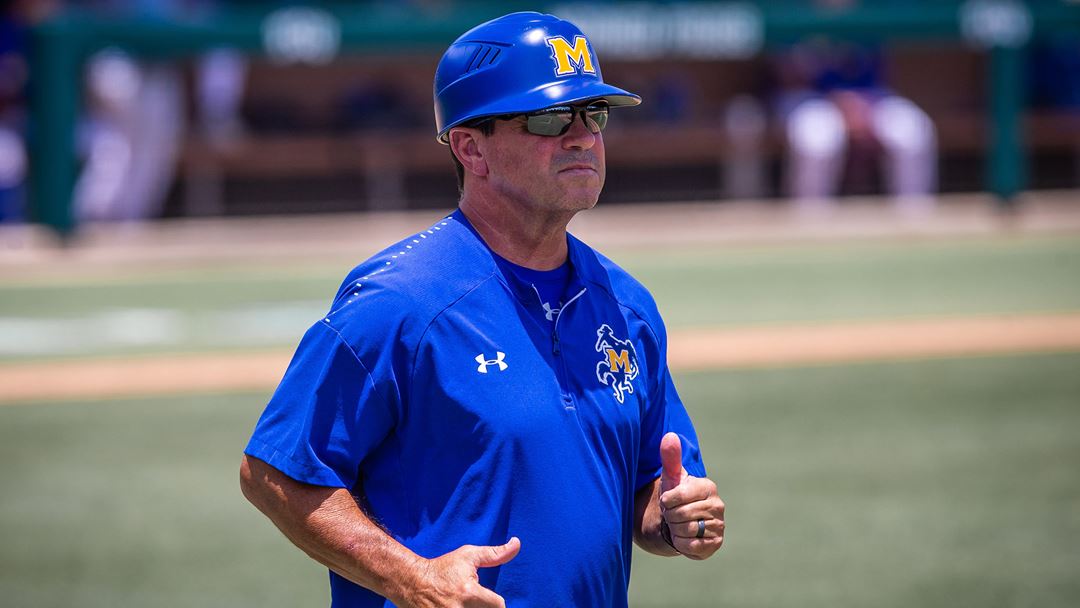Students need plan to recoup class time
Published 6:00 pm Wednesday, April 15, 2020
Louisiana’s public schools will be closed for the rest of the year, and that seems to be the right decision for the moment. However, some of those who question Gov. John Bel Edwards’ decision to close them have offered valid suggestions about how teaching should proceed.
The state’s education leaders have said education will continue and meals for thousands of students will still be available. The Advocate reported that some school superintendents have mentioned summer school and an early start to the 2020-21 school year as possibilities for making up for lost class time.
The newspaper said the state Board of Elementary and Secondary Education (BESE) is expected to offer guidance to local school districts on what they can and should do. BESE asked the governor to keep schools closed, along with officials from the Louisiana Association of School Superintendents and the Louisiana School Boards Association.
The three groups were worried about continued spread of the coronavirus and the problems involved in getting schools ready to finish the year.
Online instruction has continued, but even that is difficult because only 39 of the 69 school districts are able to do it. No one knows what is going on in the other school districts and how those students will be affected when this is all over.
The Council for a Better Louisiana (CABL), which advocates for education, said Edwards’ executive order to keep schools closed should include a strong directive that districts continue to provide some sort of instruction.
Barry Erwin, president of CABL, said, “When fall gets here, we just can’t afford to have hundreds of thousands of our kids further behind than they ordinarily would be.”
The Pelican Institute, a think tank, said BESE needs to spell out how and when students can return to school to make up for the time spent out of the classroom. It called on the state Department of Education to require all districts to offer online learning where possible and for other districts to have some standard of distance instruction.
Some parents aren’t happy about the school closure, and that is certainly understandable, particularly where online learning isn’t possible. The quicker the state solves that problem, the better for all concerned.
Nearly 720,000 students are affected by school closures, and school officials need to come up with a reasonable plan to help them make up the two months of traditional classroom instruction they are going to miss. It’s a tough task, but it can be done.





